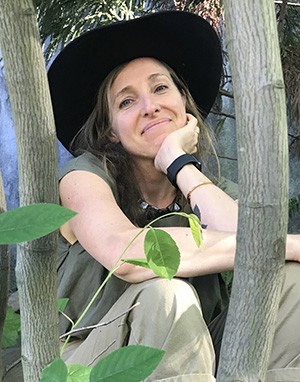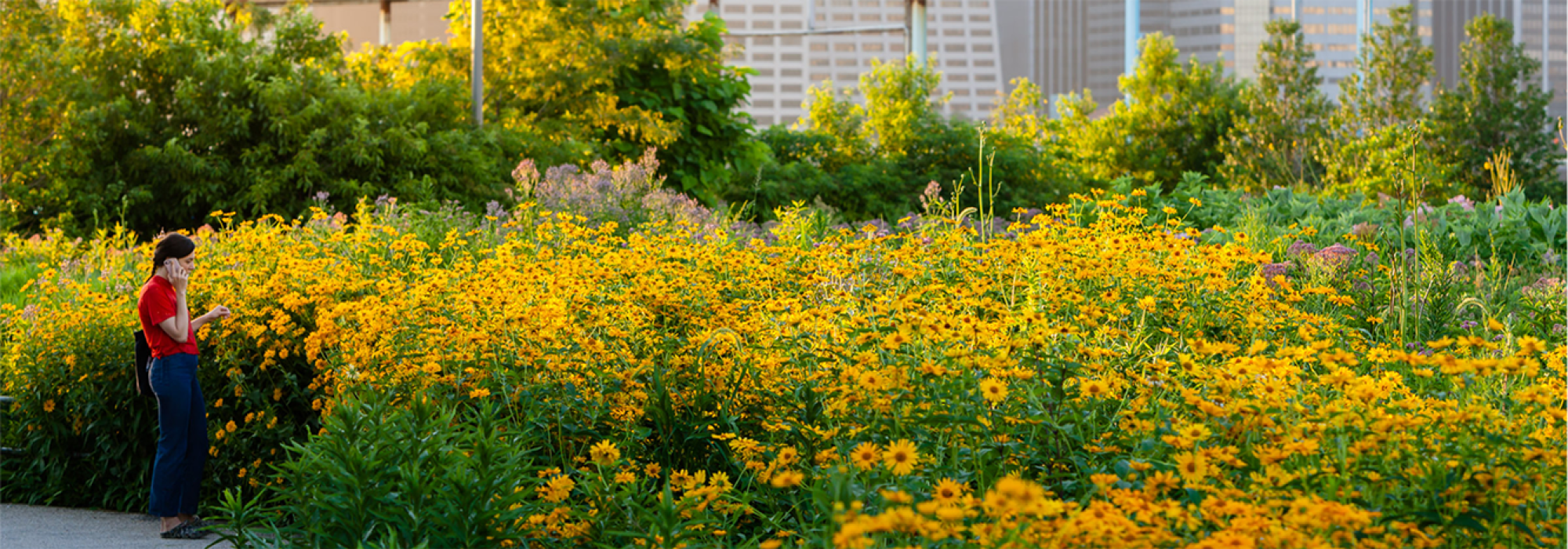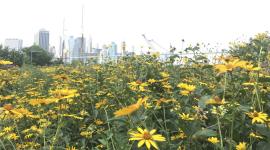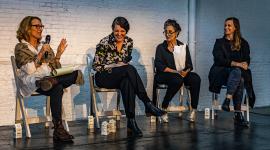It Takes One: Rebecca McMackin

Rebecca McMackin is an ecologically obsessed horticulturist and garden designer. She has spent the last decade as Director of Horticulture of Brooklyn Bridge Park (BBP), where she manages 85 acres of diverse parkland organically and with an eye towards habitat creation for birds, butterflies, and soil microorganisms. Rebecca grew up gardening on an old farm in Connecticut, but only became a professional at 30 when she moved to Brooklyn to garden for NYC Parks. She was soon the head gardener at historic Washington Square Park, where she learned the fine art of maintaining a display bed amid the chaos and excitement of one of the busiest parks in the country. She began managing Brooklyn Bridge Park just after it opened in 2010 and has built out the horticulture department from a rag tag crew just doing their best, to a passionate and efficient operation developing management strategies now used by people across the continent. She cares a lot about ethical labor management and sees her work as a public servant to steward the land, care for the commons, and help the horticultural realm provide rewarding careers for a wide variety of gardeners.
Her writing has been published in the New York Times, the Landscape Institute, and the Ecological Landscape Alliance. Her work has been featured on PBS’s Garden Smart, Margaret Roach’s A Way to Garden, and Jennifer Jewel’s Cultivating Place. Rebecca holds a M.Sc. in Biology from the University of Victoria, and a M.Sc. in Landscape Design from Columbia University. She lives in Brooklyn with her husband, Christopher Roddick, their 7-year-old, and rescue dog, Winterberry.
Tell us a little bit about yourself and your background.
I grew up gardening on a small farm in Connecticut but never really thought of horticulture as a career. I was a wild kid and worked in fashion and art, the drag world and journalism, never really settling. It wasn’t until I was 30, recovering from a Masters in Ecology, that I started gardening as an adult and fell in love. It was complicated, it was hard work, it was beautiful, and really, it was applied science. So, I moved to Brooklyn to work for the NYC Parks Department as a gardener, which was both incredible and incredibly difficult. But I was able to see the value of urban green space for what it was: how critical it was for people, wildlife, and plants to share space that was properly cultivated for all of them. So, I committed myself to urban ecology and public service, got another degree from Columbia, and relentlessly stalked the people who had the knowledge and experience I lacked. Somehow that background was deemed suitable for Brooklyn Bridge Park, where I began work right after it opened a decade ago. Since then, I’ve been, not just managing park horticulture, but building out the department that manages park horticulture. These days, I spend just as much time thinking about people and work-flow management as plants and soils.





